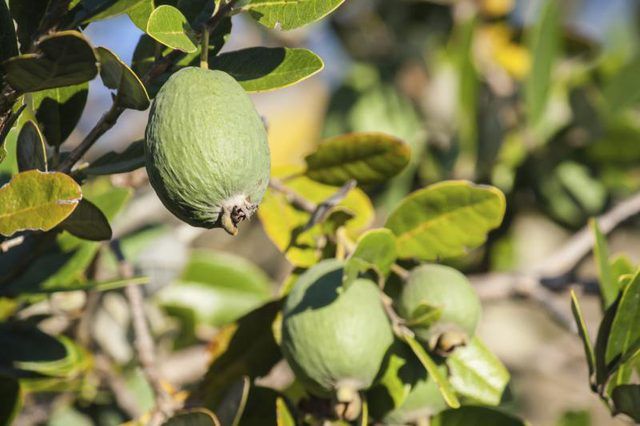Bulbs
Flower Basics
Flower Beds & Specialty Gardens
Flower Garden
Garden Furniture
Garden Gnomes
Garden Seeds
Garden Sheds
Garden Statues
Garden Tools & Supplies
Gardening Basics
Green & Organic
Groundcovers & Vines
Growing Annuals
Growing Basil
Growing Beans
Growing Berries
Growing Blueberries
Growing Cactus
Growing Corn
Growing Cotton
Growing Edibles
Growing Flowers
Growing Garlic
Growing Grapes
Growing Grass
Growing Herbs
Growing Jasmine
Growing Mint
Growing Mushrooms
Orchids
Growing Peanuts
Growing Perennials
Growing Plants
Growing Rosemary
Growing Roses
Growing Strawberries
Growing Sunflowers
Growing Thyme
Growing Tomatoes
Growing Tulips
Growing Vegetables
Herb Basics
Herb Garden
Indoor Growing
Landscaping Basics
Landscaping Patios
Landscaping Plants
Landscaping Shrubs
Landscaping Trees
Landscaping Walks & Pathways
Lawn Basics
Lawn Maintenance
Lawn Mowers
Lawn Ornaments
Lawn Planting
Lawn Tools
Outdoor Growing
Overall Landscape Planning
Pests, Weeds & Problems
Plant Basics
Rock Garden
Rose Garden
Shrubs
Soil
Specialty Gardens
Trees
Vegetable Garden
Yard Maintenance
Information on a Pineapple Guava Fruit Tree
Information on a Pineapple Guava Fruit Tree. An evergreen shrub or tree that can reach 25 feet in U.S. Department of Agriculture plant hardiness zones 8 to 10, the pineapple guava (Feijoa or Acca sellowiana) is neither a pineapple (Ananus comosus, USDA zones 11 to 12) nor a guava (Psidium spp., USDA zones varying from 9 to 12). Rather, the white...

An evergreen shrub or tree that can reach 25 feet in U.S. Department of Agriculture plant hardiness zones 8 to 10, the pineapple guava (Feijoa or Acca sellowiana) is neither a pineapple (Ananus comosus, USDA zones 11 to 12) nor a guava (Psidium spp., USDA zones varying from 9 to 12). Rather, the white flesh of the plantís fragrant, 3/4- to 3 1/2-inch green fruits is thought to combine the flavor of those two other types of produce. For dependable blossoming, the tree requires at least 50 hours or more of temperatures below 45 degrees Fahrenheit during the winter months.
Pineapple Guava Graphic
Often grown for its beauty as well as its fruit, the pineapple guava tree boasts glossy green leaves 1 to 3 inches long, which flip to reveal felted white undersides when the wind blows. The May- to June-blooming, 1 to 1 1/2-inch, waxy white flowers are edible themselves and flaunt prominent red stamens. On older trees, the cinnamon brown bark frequently peels.
Pineapple Guava Germination
To sow the seeds from a pineapple guava fruit, scoop them out along with some of their pulp and drop them in a water-filled jar. Allow the seeds and pulp to ferment for about four days before you rinse the pulp from the seeds. If you donít wish to plant them right away, allow them to dry on paper towels, and they should remain viable for a year. Otherwise, sow them on the surface of a container filled with seed-starting mix, pressing them into that mix without covering them. Enclose the container in plastic wrap to keep the mix damp, and the seeds should begin to germinate in three weeks.
Pineapple Guava Grouping
If you grow your pineapple guavas from seed, plant at least two seedlings to ensure adequate pollination, but donít expect them to bloom until they are three to five years old. Trees propagated from cuttings usually bloom within two years. You can opt for a self-fertile cultivar if you want only one tree. Plant each pineapple guava about 15 feet from other trees and shrubs unless you wish to make a hedge, in which case each specimen can be placed only 5 feet from others of its kind. The tree prefers rich, fertile and well-drained soil in full sun, but it may require some shade in the hottest climates.
Pineapple Guava Growing
Keep your trees well-watered until they are established and growing. Afterwards, they can get by on 1/2 to 3/4 inch of water per week. They donít require a high amount of fertilizer either. Flowerdale Nursery recommends giving them 1 cup of an organic 7-4-2 fruit-tree type about once every three months, scattering it beneath the canopy and scratching it into the soil. Since the fruits taste best if allowed to ripen on the tree, provide a thick layer of mulch to catch them when they fall, keeping that mulch a few inches back from the trunk.